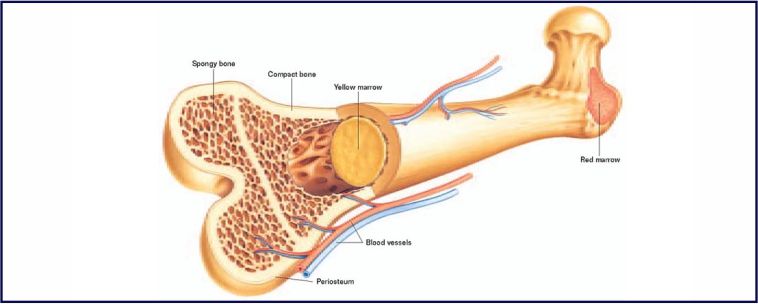Bone marrow transplant (BMT) is a special medical procedure to treat patients with blood disorders and cancers. In BMT, cells commonly found in the bone marrow (stem cells) are filtered and given to the recipient. The purpose of BMT is to transfuse healthy stem cells to replace diseased or damaged bone marrow.
What is bone marrow?
- Bone marrow is the spongy tissue inside some of our bones, like the hip bones and ribs.
- Stem cells are blood cells that produce other blood cells. They constantly produce red blood cells (carry oxygen), white blood cells (fight infection) and platelets (help blood clot).
When is a bone marrow transplant needed?
Bone marrow transplants are considered when a person's bone marrow fails to produce enough healthy blood cells. It is also used if the patient’s bone marrow has been permanently damaged due to exposure to chemotherapy or radiation. Some cases where bone marrow transplant can be required are:
- Blood cancers like leukaemia, lymphoma and myeloma
- Aplastic anaemia, a condition where the bone marrow doesn't produce enough blood cells
- To replace stem cells that were destroyed by chemotherapy for cancer
- To replace diseased, ineffective bone marrow
- Add donor cells to find and destroy existing cancer cells
Types of bone marrow transplants
- Autologous transplant: By using patient's own stem cells. This is preferred as there is a lower risk of rejection. The transfused stem cells travel to your bone marrow and multiply it to produce healthy stem cells again.
- Allogeneic transplant: By using stem cells from a donor whose bone marrow closely matches yours. This may be necessary if the patient's own marrow is diseased or unsuitable. Prospective donors can be close family members like parents or siblings. In case the donor is an identical sibling with the same tissue type as yours, it’s called syngeneic transplant. If you store your baby’s umbilical cord, the stem cells from it can be used for transplant.



